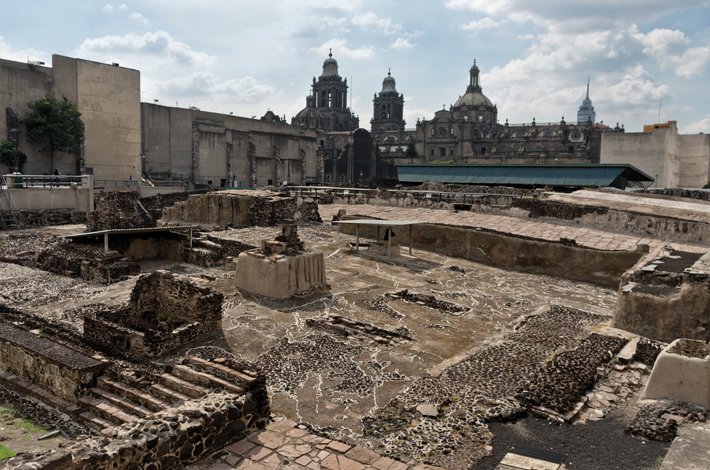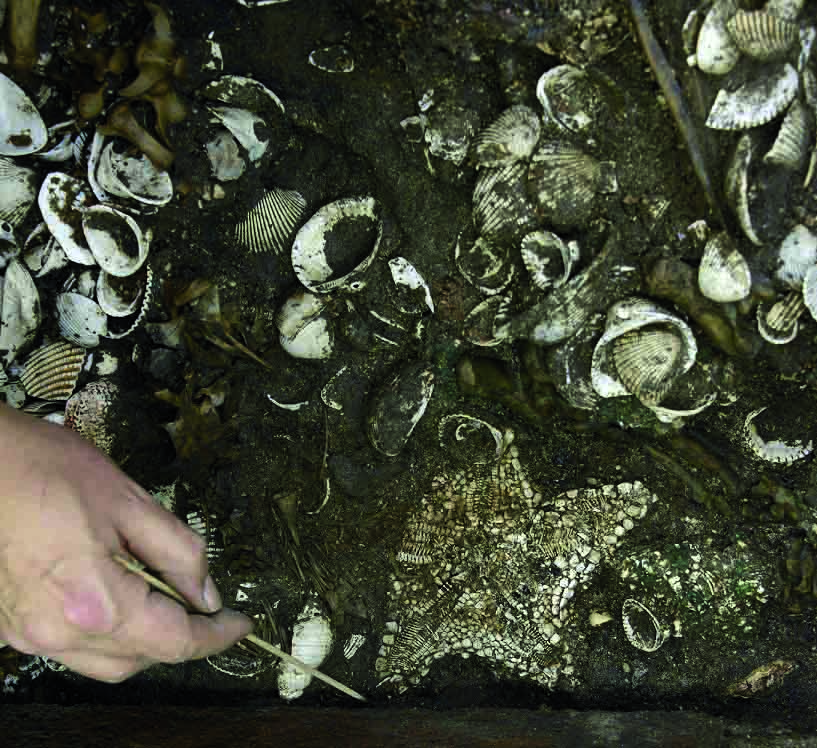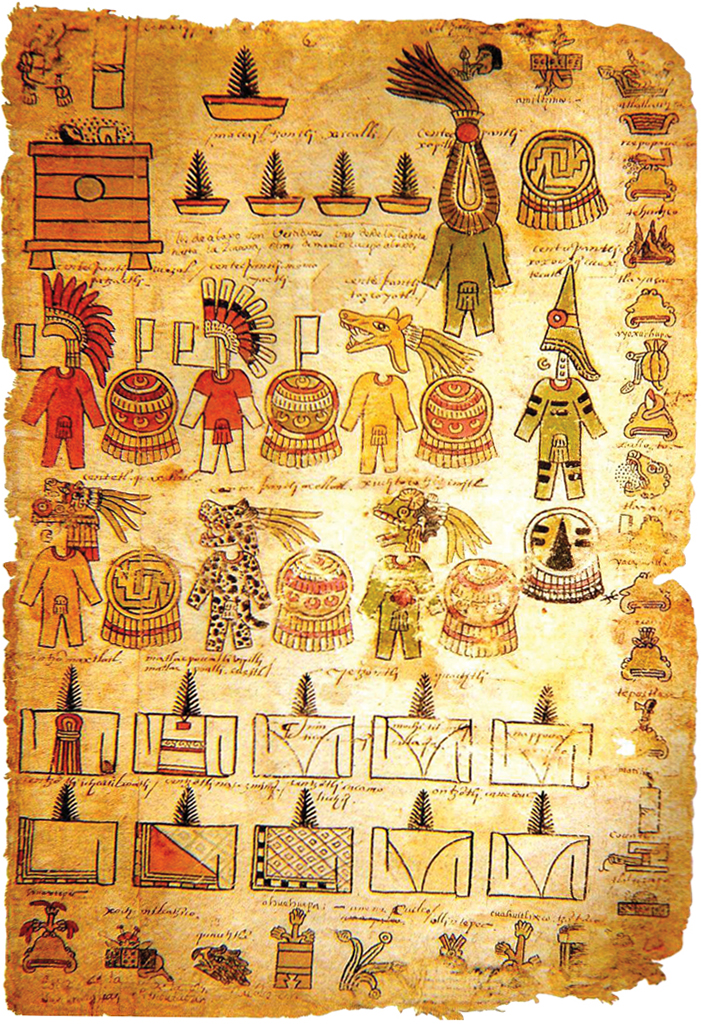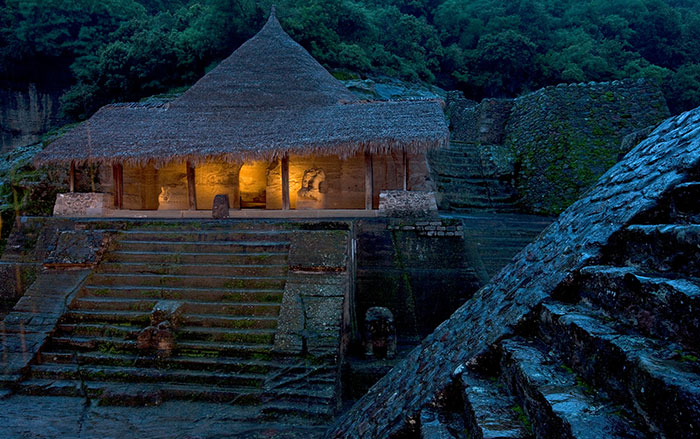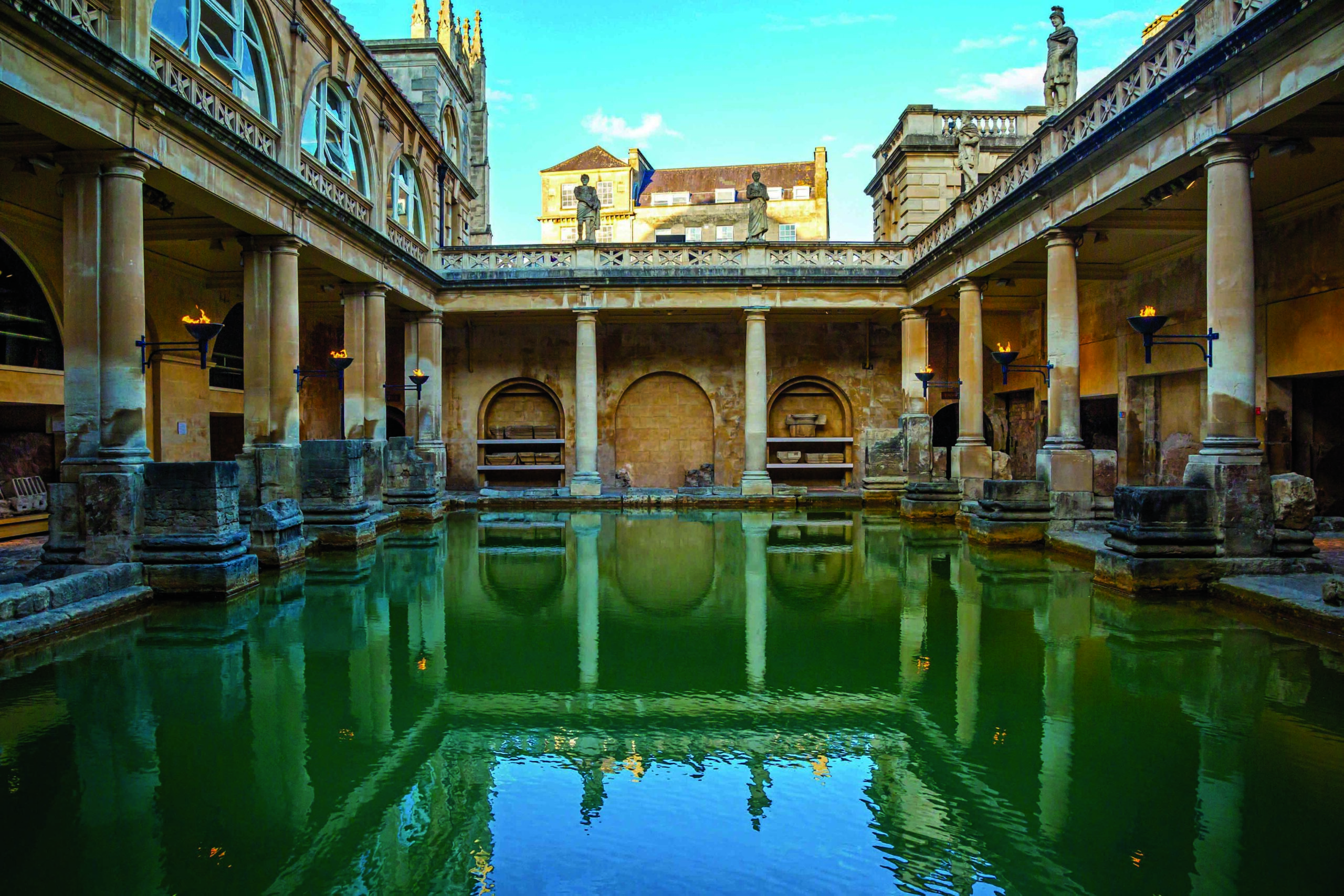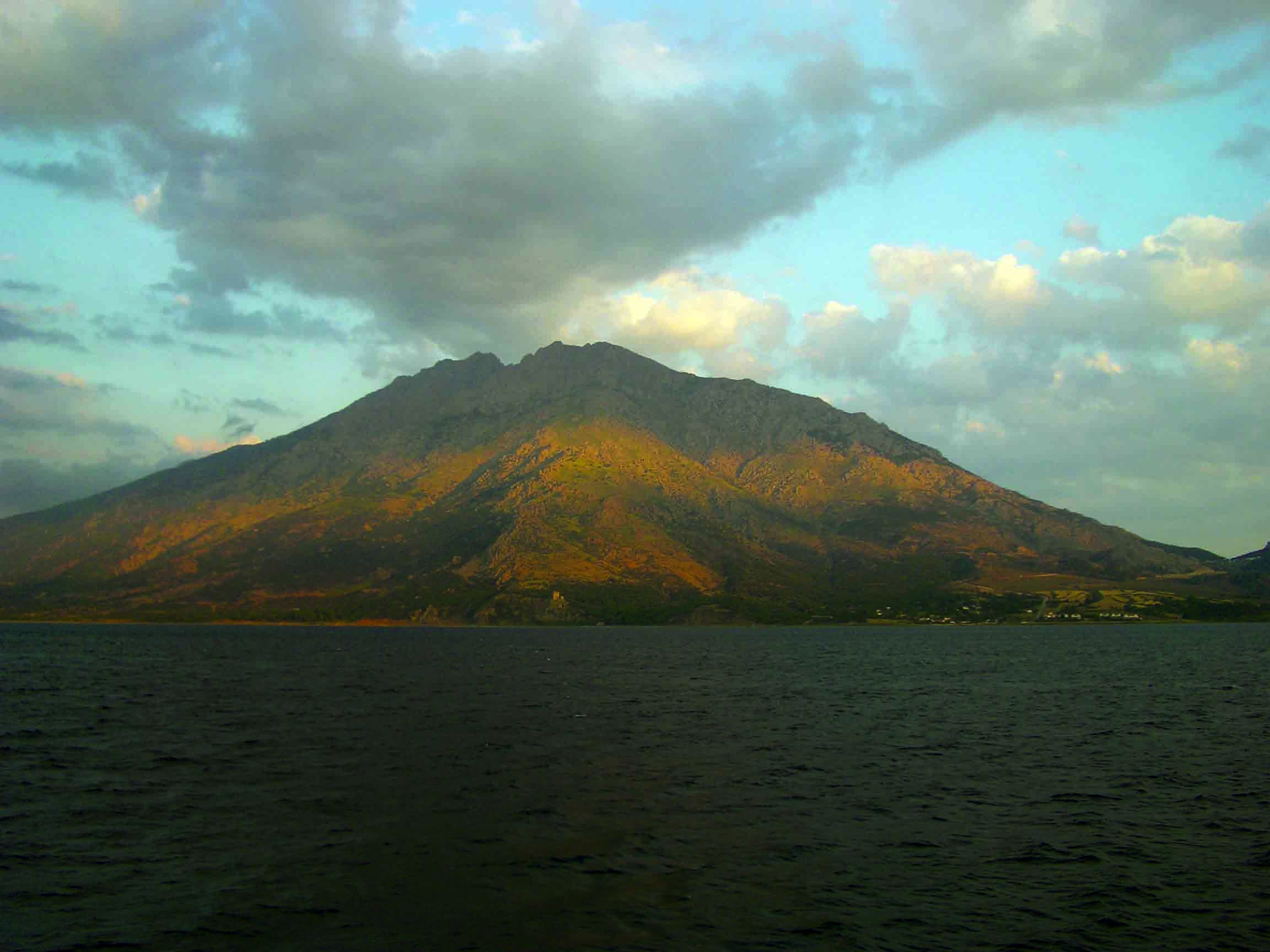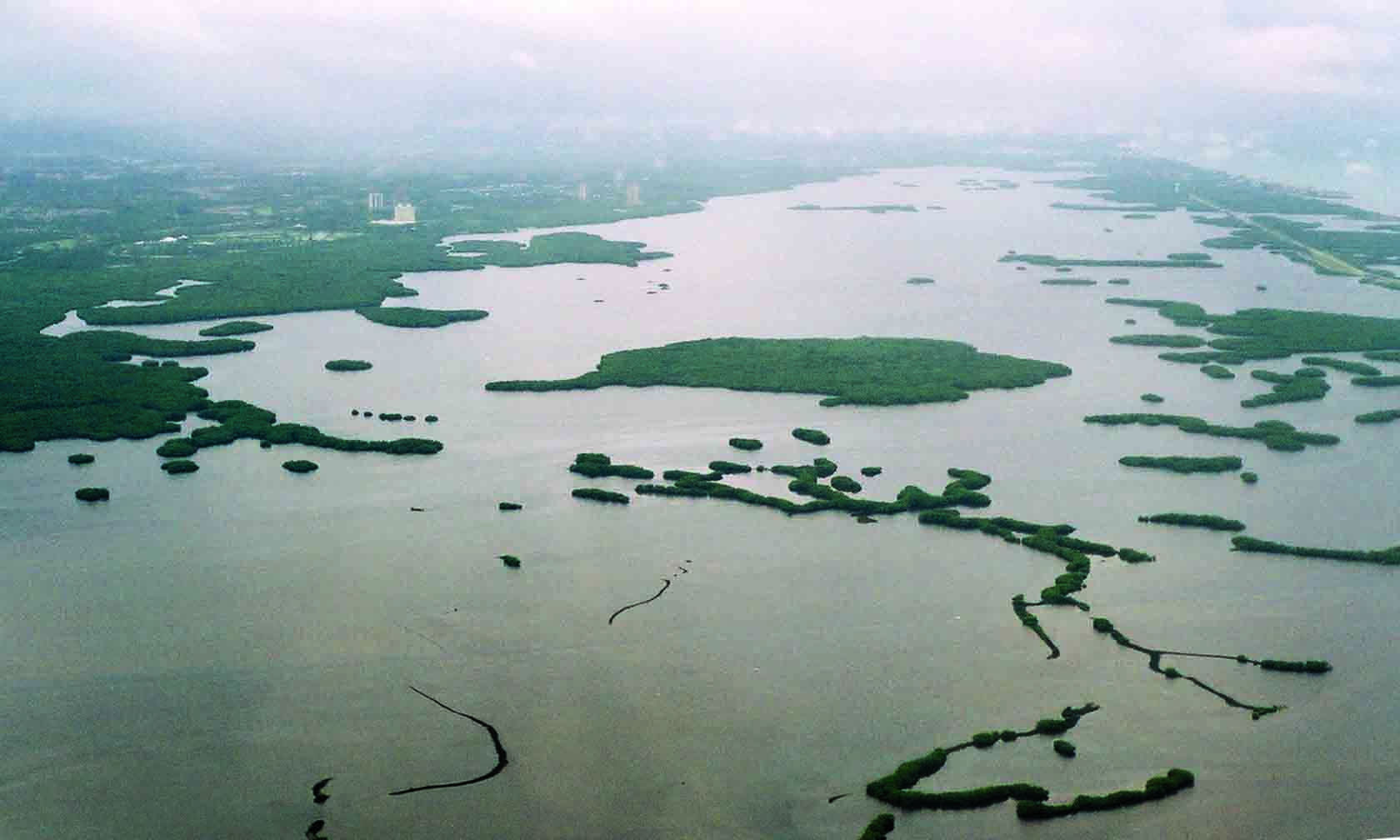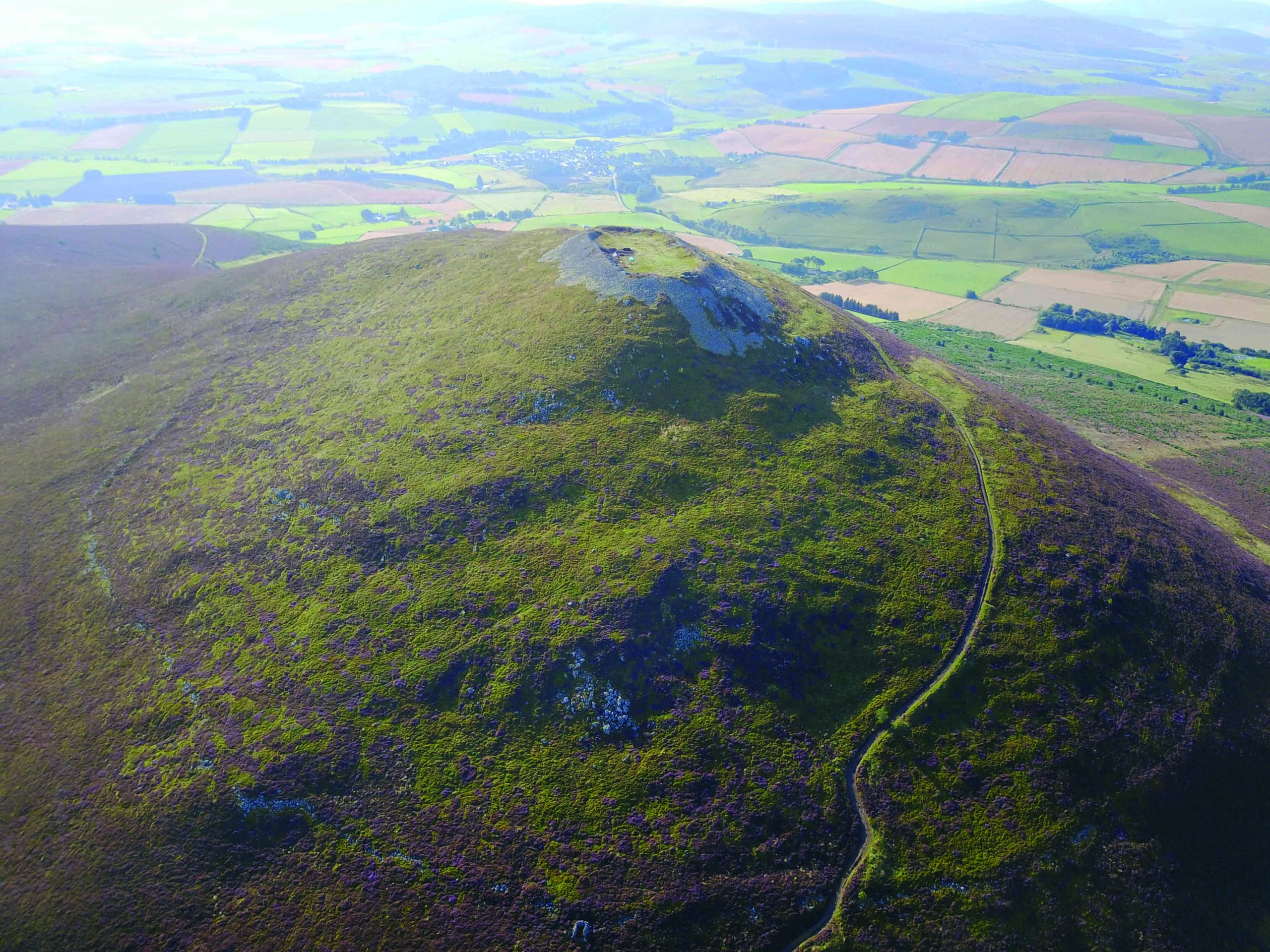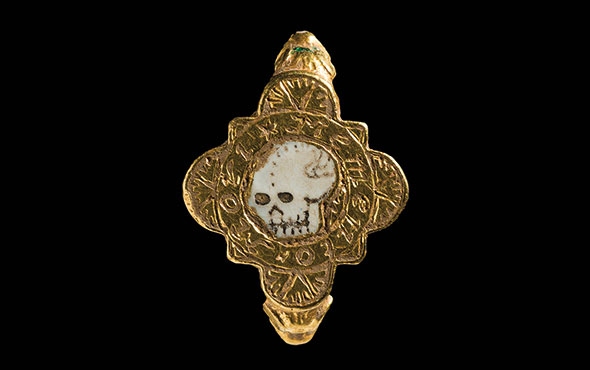
MEXICO CITY, MEXICO—A new study of the feathered object known as the Cuauhtémoc headdress suggests that it is not a headdress, and is unlikely to have been worn by the Aztec ruler or even made in Mexico, according to a Mexico News Daily report. Eugène Boban, an art dealer employed by nineteenth-century Mexican emperor Maximilian, claimed that the circular artifact was worn by the last ruler of Tenochtitlán. But Cuauhtémoc was executed on the orders of Spanish conquistador Hernán Cortés in 1525, and recent carbon dating of the artifact indicates it was made between 1626 and 1810. Leonardo López Luján of Mexico’s National Institute of Anthropology and History said that Boban likely made the claim to get a better price from Maximilian. Luján and his colleagues think the artifact originated in either an Amazonian or Andean region of South America. “It could be part of a scepter,” he said. “It wasn’t worn on the head [but] maybe [it was held] in the hand. What is clear is that it has nothing in common with the other Aztec feather pieces there are in Europe and Mexico.” To read about excavations at Cuauhtémoc's city of Tlatelolco, go to "Last City of the Aztecs."


